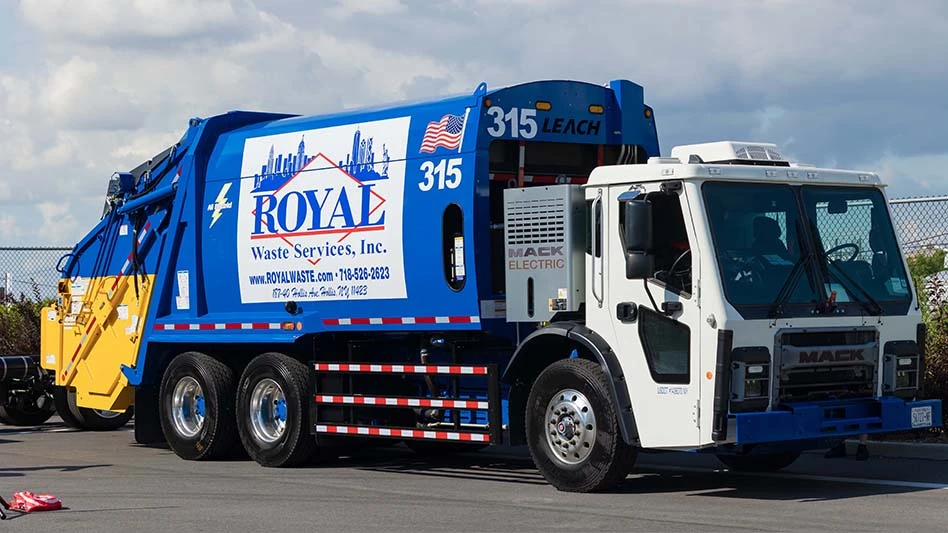
Photo by Glenn Finley and courtesy of the USDA Forest Service
The Wayne National Forest in Ohio has developed what the Forest Service of the U.S. Department of Agriculture (USDA) calls a particularly creative Christmas tree tradition: recycling local communities’ live Christmas trees to build homes for fish and other wildlife.
“We’ve been doing this project for several years—at least as long as anyone who works here can remember,” says Ashley Kuflewski, a district biologist for the Ironton Ranger District at Wayne National Forest. “We work with some great partners and we couldn’t do it without their help.”
The Lawrence-Scioto Solid Waste Management District and the Lowes Home Improvement store chain have established collection points in Lawrence County, Ohio, to collect formerly live Christmas trees.
The trees then are delivered to Wayne National Forest, where employees receive and process between 300 and 600 trees every year. Forest Service employees and volunteers prepare the trees by drilling holes in the trunks and tying them together in bundles of two or three.
On sinking day, employees from the Ohio Department of Natural Resources, Division of Wildlife, bring boats for loading and transporting the tree bundles to their final aquatic resting place. A cinder block is attached to the base of each bundle as a weight to anchor the tree to the lake or riverbed.
“The trees help us get a good habitat going with lots of different species,” Kuflewski says. “That makes great large game fishing for the public.”
The trunks and branches of recycled trees add structure and complexity to the lakebed habitat in which small fish can feed and hide from predators. As the branches decompose, they grow beneficial algae that attract and feed zooplankton, according to the USDA.
The zooplankton and algae in turn feed mussels, snails and crawfish that feed catfish and small baitfish. The small baitfish nourish and attract large gamefish for recreational and sustenance fishing for forest visitors.
With community support and a post-yuletide splash, new aquatic homes are established each winter for local flora, fauna and fishing enthusiasts to enjoy for years to come, the Forest Service says.
Among other Forest Service traditions for repurposing Christmas trees, Ruby, the 78-foot 2022 U.S. Capitol Christmas Tree, became material for musical instruments, such as guitars and banjos.
Sugar Bear, the 84-foot 2021 U.S. Capitol Christmas Tree , became serving trays and lumber for picnic tables. In most municipal tree recycling programs, the Forest Service says, trees are turned into mulch to be deployed in local urban landscapes.
Latest from Waste Today
- US Senate backs reduced cuts to EPA
- Waste Connections announces Q2 results
- Returnity and Cosmoprof to address reusable bag waste
- SWANA releases report on aging WTE facilities
- New economic assessment reveals cost benefits of California’s SB 54
- Premier Truck Sales & Rental opens new facility
- TeknTrash Robotics, Sharp Group partner on humanoid robot pilot
- Stadler equips mixed waste sorting plant in Sweden





